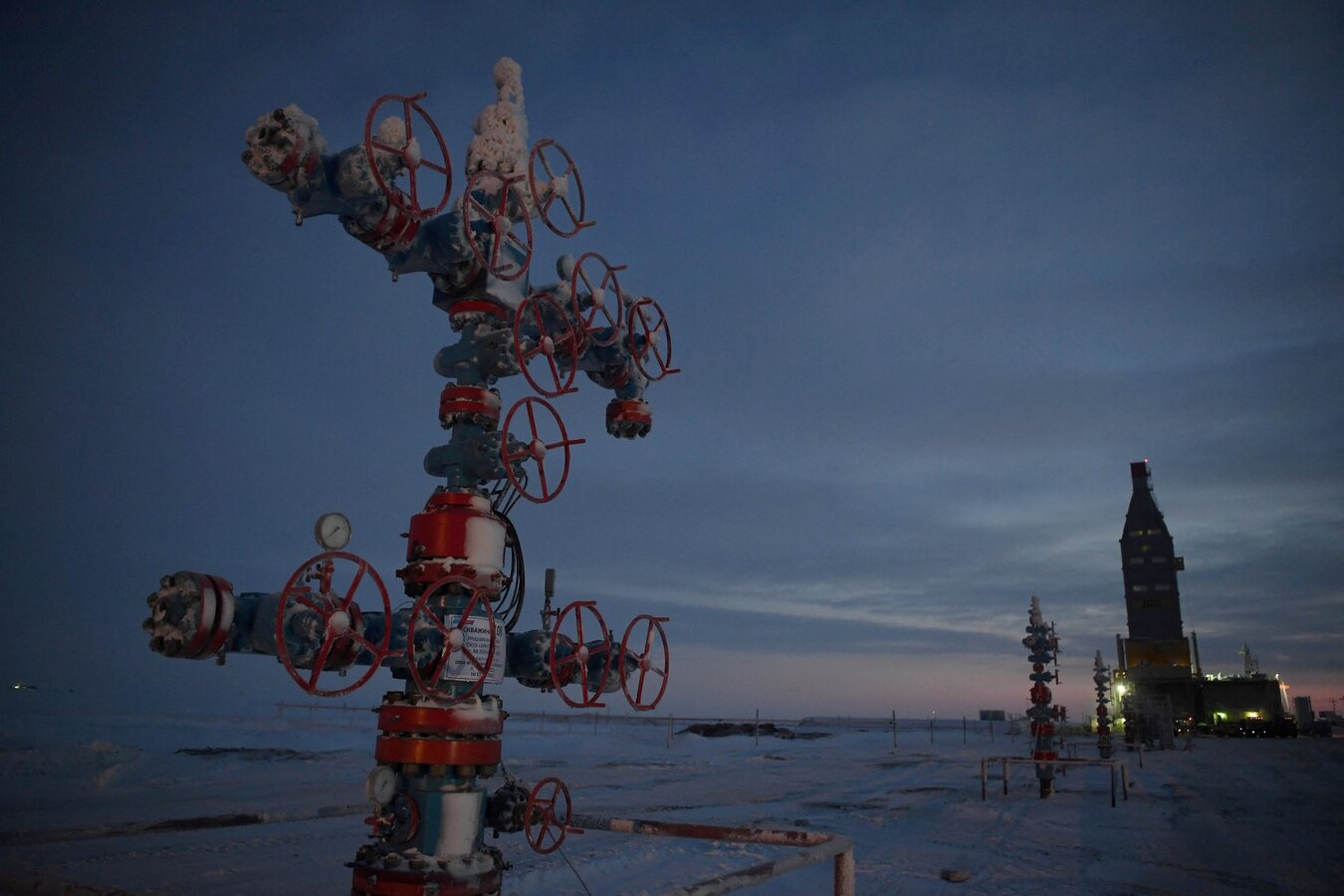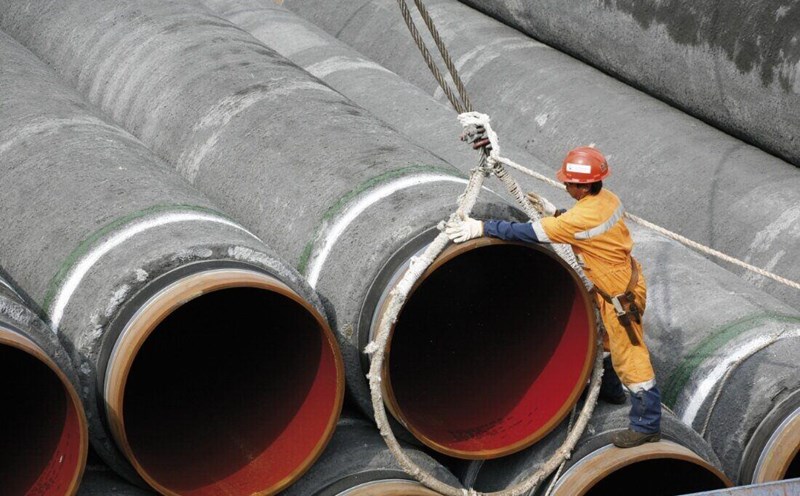According to ship tracking data and satellite images, for the first time since October last year, an LNG tanker has docked at Russia's Arctic LNG export facility.
The facility was once seen as a focus of Russia's goal of tripling LNG exports by 2030, but has been stalled for months due to difficulties in finding customers due to Western sanctions.
Russia has now prepared the necessary conditions to significantly increase LNG exports in the context of the country expanding its fleet of shady ships.
When the conflict in Ukraine broke out in 2022, Russian gas exports to Europe via pipeline decreased sharply, making ships transporting LNG by sea an important source of income.
Currently, at least 13 ships, including those capable of moving in frozen conditions, have been mobilized to serve the 2nd Arctic LNG project. Some ships have changed management companies many times to conceal the true owners' identities.

Of these, 4 ships meet the standards for moving through the ice zone, which can operate around the LNG 2 artical region. Three of these ships are anchored in the Barents Sea, the remaining ships are anchored at the second LNG port of the Arctic; three traditional LNG ships are also present in the Barents Sea; two are under repair in China, with another ship on the way; one ship is near the port warehouse in Russia's Far East; two ships are anchored in the Gulf of Finland, which once served the Portovaya oil and gas facility, a site sanctioned by the US since January this year.
Russia currently has more ships than it has in the summer or fall of 2024, said Malte Humpert, founder of the Washington-based Institute for the study of the Arctic. If buyers are found, this small fleet could be enough to transport goods."
From August to October 2024, there were 8 LNG flights departing from the LNG 2 of the Arctic but not arriving at foreign ports. The air from these ships is pumped into two Russian port warehouses in the Barents Sea and the Far East. Large-scale production at the Arctic LNG terminal 2 was stopped last October due to heavy ice and snow, which hindered conventional ships during transportation.
Last week, Russian news agency Interfax quoted Sovcomflot General Director Igor Tonkovidov as saying that the first self-made Russian-made LNG tankers that meet the ice breaking standards could officially come into operation in the second half of this year if they pass the remaining sea tests.











